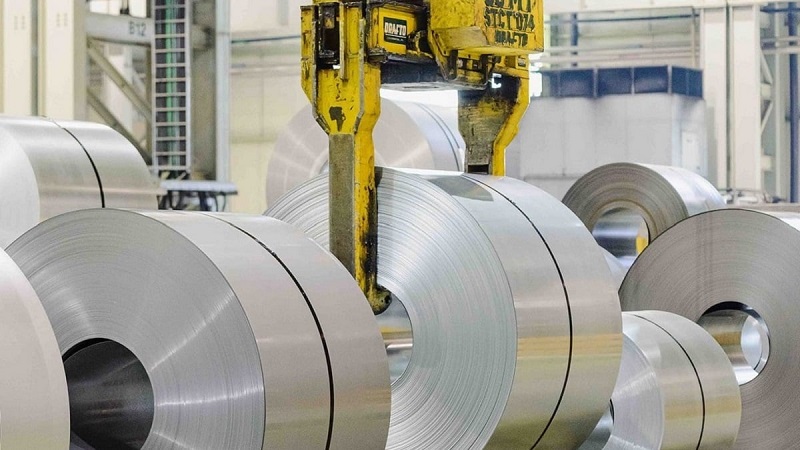
Water jet cutting is the use of nozzle to produce a high-pressure water jet carrying fine abrasive particles for cutting. This method is very effective in cutting both metallic and non-metallic materials. The process uses large capacity pumps, and the demand for water and electricity is very high. This method can cut thick gauge stainless steel (>100mm) without creating a heat affected zone (HAZ) and without changing the metallurgical structure of the workpiece. Although the cutting quality of water jet is good, the slope Angle of the cutting surface is larger when the cutting section is thick. It is not economical to cut thin steel plates by this method, but by stacking multiple thin steel plates, multiple workpieces can be cut at a time.
Plasma cutting is the most common method for cutting all grades of austenitic stainless steel with a thickness of more than 25mm. The design of the plasma gun significantly improves accuracy and incision quality, making it an ideal process for cutting straight lines or special shapes. In some cases, the quality of the plasma cut incision is so good that it can be used directly or as a welding joint without further processing. Since plasma cutting does involve high temperatures and partial melting of the metal, the corrosion resistance of the incision is reduced. The portable plasma cutting machine can cut formed workpieces or samples. Underwater plasma cutting reduces soot.

In plasma cutting, the grade and cutting thickness of stainless steel are important factors that must be considered when selecting plasma gas. Avoid using oxygen-containing gases, as oxygen causes a layer of chromium oxide to form on the surface, which consumes chromium below the surface and reduces corrosion resistance. Slight discoloration of the incision surface indicates chromium oxidation. If severe discoloration occurs, subsequent pickling or edging is required to restore corrosion resistance. The certified purity of nitrogen auxiliary gas must be at least 99.95%, with a maximum oxygen content of 200ppm. In addition to N2, other gases commonly used for stainless steel plasma cutting are N2 and H2 or Ar and H2 mixtures. Variables such as gas flow rate, arc current, nozzle design, and cutting speed affect the width, shape, and quality of the incision. For different grades and different thicknesses of stainless steel, plasma cutting equipment manufacturers should be consulted for specific recommendations.
In laser cutting, the laser beam melts the material while a nitrogen jet blows the molten liquid through the cut. Nitrogen prevents oxidation and corrosion resistance loss. When laser cutting stainless steel, the nitrogen pressure is greater than the oxygen pressure when cutting carbon steel, in order to effectively blow away the molten metal, the nitrogen pressure needs to increase with the increase in the thickness of the material. Compared with plasma cutting, laser cutting is faster, the width of the incision is narrow, the quality of the incision is high, and it can usually be used directly without further processing of the incision. Compared with plasma cutting, the disadvantage of laser cutting is that the cutting thickness is limited. Current laser cutting equipment can only cut stainless steel with a maximum thickness of no more than 12 mm. Laser cutting machines can cut high performance austenitic stainless steel and standard austenitic stainless steel to the final size without the need for additional machining. The laser cutting characteristics of high performance and standard austenitic stainless steels differ very little.
Why is the thickness of the same batch of 304 stainless steel belt inconsistent
2024-04-28Stainless steel surface treatment process, do you like it?
2022-10-15The difference between 304 stainless steel and 316 stainless steel
2023-09-23From Silicon Steel to Iron Core: Every Step in Lean Production
2024-12-11Application of multi-air gap segmented core in anti-dc bias transformer
2025-03-11Comparison of chemical composition and applied standards of S30403 and 304L
2024-07-02






